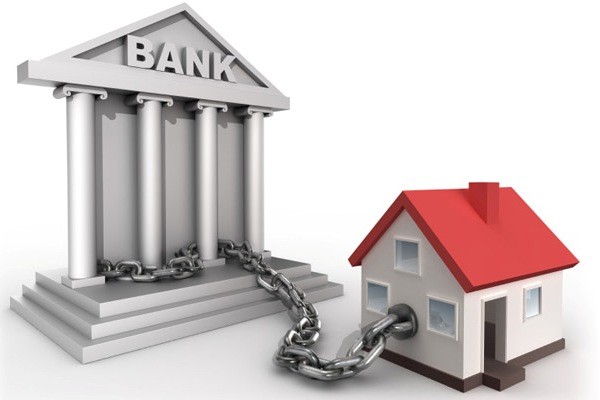Mortgage lending has traditionally been one of the most complex and conservative sectors in the financial industry. However, in recent years, this field has been undergoing significant technological changes aimed at improving efficiency and enhancing the customer experience. Digitization plays a key role in this transformation, impacting all stages—from the loan application process to full servicing. In this article, we explore the main trends in mortgage lending digitization and their influence on the market.
Challenges in Traditional Mortgage Lending
Despite efforts to improve the customer experience, many processes in traditional mortgage lending remain slow, labor-intensive, and fragmented. One of the main issues with these traditional approaches is their low level of automation. Processes like document processing, income and asset verification, property appraisal, and regulatory compliance are often performed manually, leading to high costs and longer processing times(
).
These challenges create significant barriers for borrowers who expect faster and more convenient service. In the face of growing competition from nonbank lenders implementing innovative technologies, traditional banks find it increasingly difficult to retain customers and maintain their competitive edge.
Technologies Transforming Mortgage Lending
In recent years, many major banks and nonbank lenders have begun actively investing in technologies to improve the mortgage lending process. These investments include both proprietary developments and the use of third-party solutions that cover the entire mortgage process—from the initial application to loan closure.
A key area of focus is the use of digital platforms to modernize interfaces, manage workflows, and automate document handling and processing. These solutions significantly reduce the time required to process applications, lower costs for lenders, and enhance the overall customer experience(
).
However, despite substantial progress in digitizing front-office operations, many back-office processes remain outdated and need further automation. Full automation of processes like straight-through processing and automated decision-making could greatly improve lenders’ operational efficiency and reduce costs.
Nonbank Lenders: Leaders in Digital Transformation
One of the most significant trends in the mortgage lending market is the growing share of nonbank lenders. These companies have become leaders in digital innovation, offering customers faster and more convenient application processes. Nonbank lenders’ share of total mortgage originations in the U.S. has reached nearly 70% and continues to grow(
).
These lenders actively use technological innovations to provide more transparent and user-friendly services. Many of them offer new products, such as upfront cash offers for homebuyers, enabling them to make competitive offers in the housing market. This provides a significant advantage in the competitive real estate landscape.
Benefits of Digitization for Borrowers and Lenders
Digitizing the mortgage lending process brings numerous benefits for both borrowers and lenders. Borrowers receive faster and more convenient service, while lenders can significantly cut costs and improve their operational performance. Some studies indicate that digitization can reduce application processing cycles by 30% and lower expenses by 25% compared to industry averages(
).
Additionally, the use of machine learning and advanced analytics allows lenders to automate up to 95% of their underwriting processes, resulting in faster and more accurate decision-making. This not only enhances the customer experience but also reduces risks associated with loan issuance(
).
Challenges and Prospects
Despite its advantages, digitization in mortgage lending faces several challenges. Many traditional lenders still rely on outdated systems and are not fully prepared to transition to digital solutions. This requires significant investments in IT infrastructure modernization, as well as changes in internal processes and staff training.
However, as competition and customer expectations grow, lenders will be compelled to continue investing in digital technologies to remain competitive. It is expected that in the coming years, digitization will become an integral part of the strategies of all market players in mortgage lending, and its role will only continue to strengthen.
Digitization in mortgage lending is a powerful tool for enhancing efficiency and improving the customer experience. Technological innovations such as process automation, machine learning, and the implementation of digital platforms allow lenders to significantly reduce costs and accelerate operations. Despite the challenges associated with adopting digital technologies, the future of mortgage lending is clearly tied to further digitization and innovation, which will transform the entire industry.







